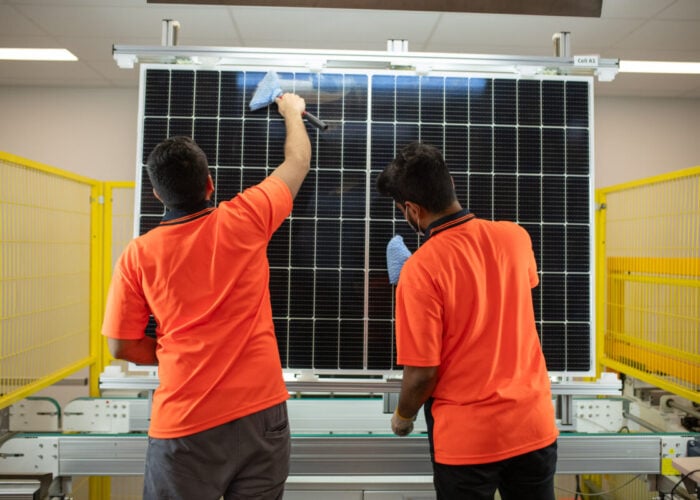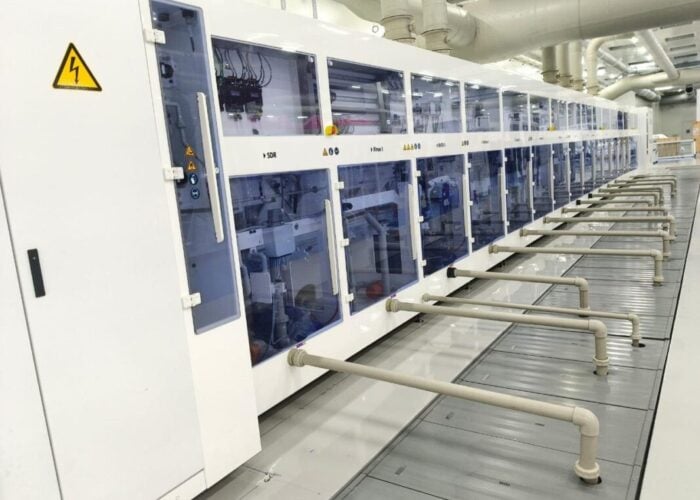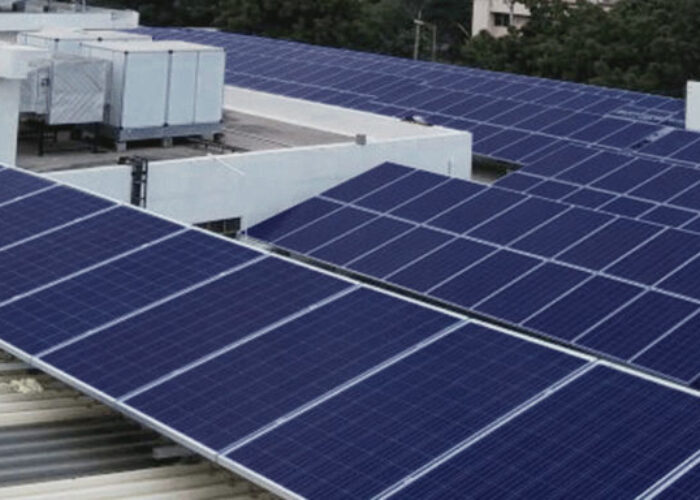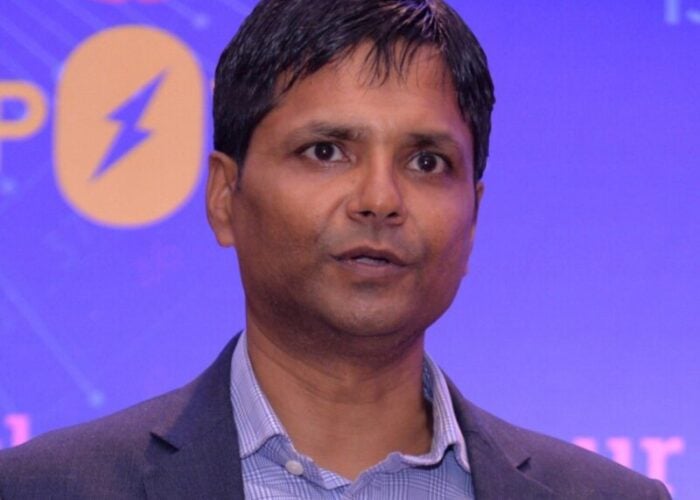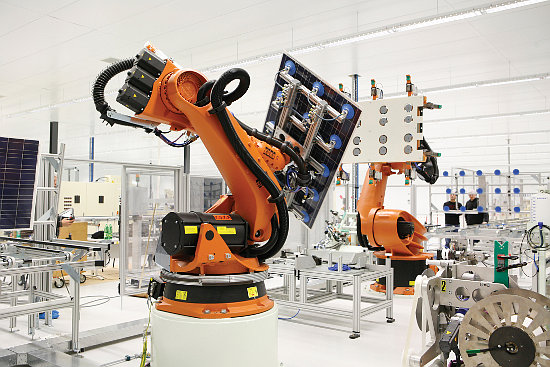
Europe has the potential to scale up the manufacture of multi-junction cells and bifacial modules to help achieve its goal of becoming the first climate-neutral continent, a new report suggests.
Some 19GW annual production capacity of next-generation modules could be achieved across the European Union (EU) by 2030 if work toward that goal begins now, according to the study from consulting firm Capgemini Group.
Unlock unlimited access for 12 whole months of distinctive global analysis
Photovoltaics International is now included.
- Regular insight and analysis of the industry’s biggest developments
- In-depth interviews with the industry’s leading figures
- Unlimited digital access to the PV Tech Power journal catalogue
- Unlimited digital access to the Photovoltaics International journal catalogue
- Access to more than 1,000 technical papers
- Discounts on Solar Media’s portfolio of events, in-person and virtual
Called 'Fit for Net-Zero', the research – which was commissioned by Breakthrough Energy, a company founded by Bill Gates – highlights 55 clean technology projects for deploying the European Commission’s (EC) €750 billion recovery fund. Five areas are explored: energy, buildings and construction, industry, transport, and food and land use.
With modelling from the EC’s Joint Research Centre suggesting that Europe must install up to 600GW of PV generation capacity by 2030 to reach its climate and energy objectives, Capgemini says the continent has a “unique opportunity” to develop and deploy new generation PV modules.
A proposal put forward in the study includes the construction of manufacturing plants for the production of multijunction cells (III-V and/or perovskites on silicon) with individual output capacity in the 3-10GW range, which Capgemini argues is enough to supply the expected EU demand, with part of the production exported. Germany, Italy, France, Spain and Eastern Europe are suggested as potential locations for the facilities that would receive support from manufacturing companies and industries clusters.
For a strong take-off of new generations of cells by 2025, the study says clusters should focus on adapting silicon manufacturing solutions to deploy multi-junction module production, increasing the size and durability of perovskite cells and dividing the manufacturing cost of III-V materials by two orders of magnitude.
In terms of bifacial modules, the report calls for a “rapid ramp-up” of manufacturing capacities across Europe to help the continent reach net zero. Bifacial module factories of 5GW capacity by 2030 are proposed in order to supply EU demand.
A return to solar manufacturing within Europe has been a topic of discussion throughout this year, with the continent's post-COVID recovery hailed as an opportunity to reinvigorate a diminished sector. Solar equipment manufacturer Meyer Burger unveiled plans to bring its technology in-house on an exclusive basis and produce heterojunction modules, using sites formerly belonging to Solarworld and Q CELLS to do so. But with manufacturers in China lining up expansions of significant scale this year, any European counterparts face an uphill struggle to be competitive.
Green hydrogen and storage proposals
Capgemini says solar’s potential is particularly strong in Southern Europe, a region that could be a key producer of hydrogen to be transported via pipelines to Northern Europe.
At around €6 per kg, green hydrogen is not competitive today with fossil energies, the report notes, however the creation of gigascale integrated hydrogen projects and electrolyser factories to increase volumes could bring costs down to as low as €1.5 per kg in Southern Europe and €3 per kg in Northern Europe by 2030, a sum broadly in range with Australia's target of producing green hydrogen at costs of around AU$2 per kg.
In a move to solve intermittency issues with renewables, the study also proposes a €1.7 billion innovation programme for 1-100 MW storage plants, providing 1-12 hours of short- to medium-duration storage, via 40 tenders.
It says that while Li-ion battery technology is being developed on a large scale by the automotive sector, Li-ion “might not be the go-to choice for stationary storage for environmental and economic reasons”. Tenders to foster alternative chemistry innovation are proposed to develop alternatives to Li-ion to help meet the net-zero emissions 2050 target.
Ann Mettler, senior director of Breakthrough Energy, said the research shows that a step change in clean technology innovation is needed for Europe to meet its 2050 goal. “Many promising climate technologies are in the pipeline but now need to be scaled – quickly. This requires Europe to go beyond its strength in research and science and put equal emphasis on development and deployment,” she said.


